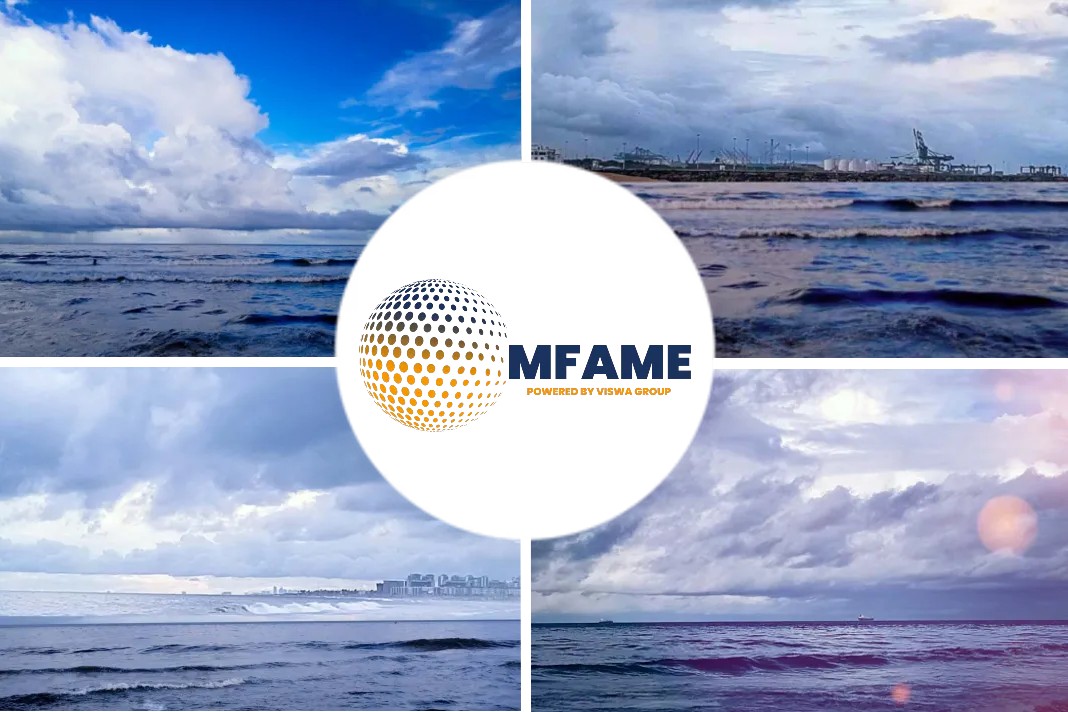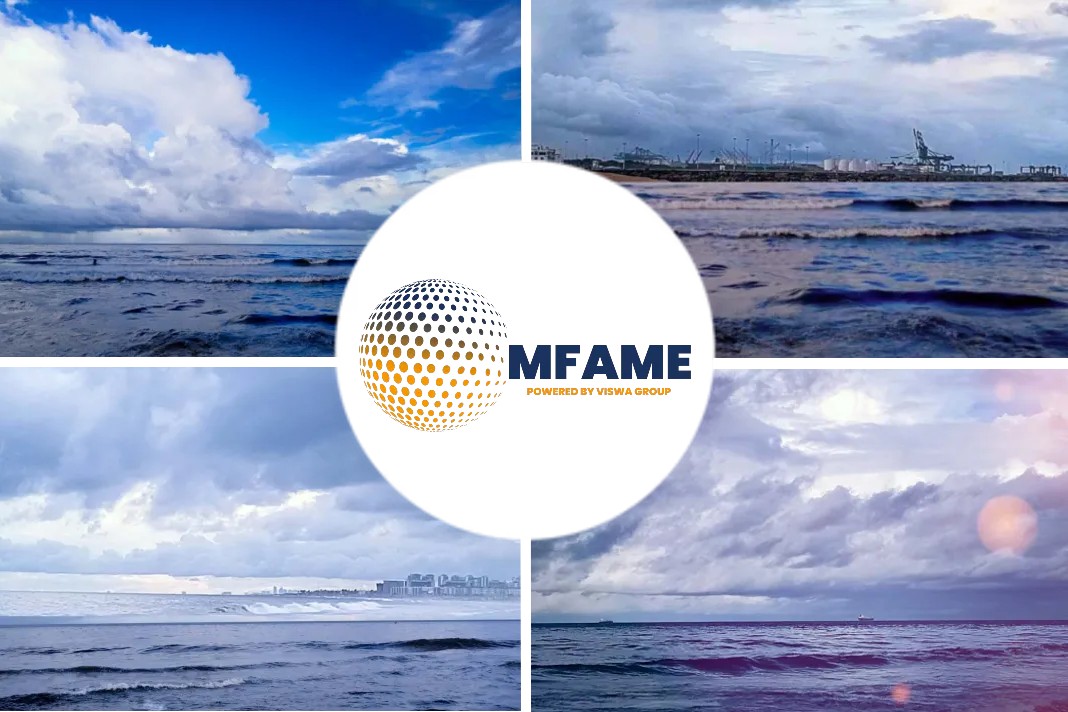- VLSFO is likely to see increased supply in 2021.
- Mostly firm sentiment for 3.5%S fuel oil.
- Oil inventories to weigh on tanker demand.
- Bullish streak in containers should last into Q1.
Very low sulfur fuel, which was a key source of support for refiners in 2020, is likely to see increased supply in 2021, as other transport fuels return to pride of place in the refining slate, reports Platts.
This may prove a boon to the shipping sector which faces choppy waters in 2021.
Oil output to soar
The outlook for 2021 is for output of oil products to increase, although this may follow a jagged trajectory, according to analysts.
Higher production of other products means higher production of fuel oil as a byproduct and so presents a bearish prospect fuel oil cracks, Chris Midgley, Global Director for S&P Global Analytics said Nov. 26 at the S&P Global Platts Mediterranean Bunker Fuel and Shipping virtual conference.
Recovery of lighter products may not get under way immediately. The seasonal slowdown in refined product demand in the Northern Hemisphere comes amid COVID-19-related lockdowns, the International Energy Agency said in its monthly report Dec. 15.
The IEA revised its 2021 refining throughput forecast up by 200,000 b/d to 79.1 million b/d on expectations of a stronger recovery in Europe.
As vaccines are distributed through 2021 there are hopes that economic life and travel will rebound and this means higher refinery runs and more of all fuels, including marine fuels.
Platts Analytics assumes GDP growth will rebound 5% in 2021, with accelerated growth in the second half of 7-8%. This could be altered by either more infections or higher vaccine rollout than expected, the analysts said.
Tough road for refiners
2020 wrought havoc in many markets and refocused people’s attention in new ways. Refining was no exception and never before had the entirety of the refining process been so much under scrutiny as when isolated elements of it suddenly saw demand disappear, namely jet fuel and to a lesser extent road fuels.
Previously, there was always good demand for these fuels and the crash in demand for them meant refiners cut runs, and while jet and road fuels were the intended targets of this, it meant lower output of marine fuels too, which also showed the most resilient demand through much of 2020, analysts said.
This provided support for bunker fuel which other sectors lacked.
S&P Global Platts assessed front month 0.5%S FO FOB Rotterdam barge cracks versus Brent at $6.45/b Dec. 16, compared with cracks for Gasoline Eurobob 10 ppm FOB ARA barges at $1.50/b, ULSD 10 ppm FOB ARA barges at $5.49/b, Jet FOB Rotterdam barges at $4.77/b, and 3.5%S FO FOB Rotterdam barges at minus $6.07/b.
Bullish sentiment for HSFO
The supply-side outlook for 3.5%S, or high sulfur, fuel oil, which can only be burnt by ships equipped with scrubbers and so accounts for a smaller share of the market, shows more clearly bullish tendencies for 2021.
Global high sulfur fuel oil prices are likely to remain supported in the near term due to the expected continued production curbs on OPEC+’s predominately medium sour crudes which are a key feedstock for producing the marine fuels, Midgely said.
However, Singapore is now self-sufficient in terms of 3.5%S FO and so the West to East arbitrage window is effectively closed. This has not been a problem for European sellers of 3.5%S FO in 2020 because of low refinery runs but as runs recover this may put increasing pressure on the sell-side of the market, Midgley said.
Mixed bunker demand
Coronavirus-related uncertainties will hover over oil demand recovery in 2021 and this could alter crude tanker trade flows, Peter Sand, Chief Shipping Analyst at BIMCO said. Inventory builds resulting from the contango structure that dominated oil markets through 2020 is also clouding the path ahead for tankers, Sand said.
The oil product tanker market is set to remain in the doldrums well into next year, according to analysts, with product cracks unlikely to shake off the effects of the pandemic until after Q1 2021.
“Product tanker freight rates fell in Q3 mainly because the tankers that were earlier employed for floating storage are returning to active trade at a time when their demand has weakened,” analysts at marine consultancy Drewry said.
On the dry freight side, containers have seen a surge in Q4 2020 which has strained supply chains, with changing demand patterns creating logistical challenges that are likely to keep freight rates at record highs going into 2021, analysts and sources say.
Containers have been buoyed by Christmas, customs concerns surrounding Brexit, and coronavirus-related deliveries of PPE and online shopping.
Did you subscribe to our daily newsletter?
It’s Free! Click here to Subscribe!
Source: Platts
























